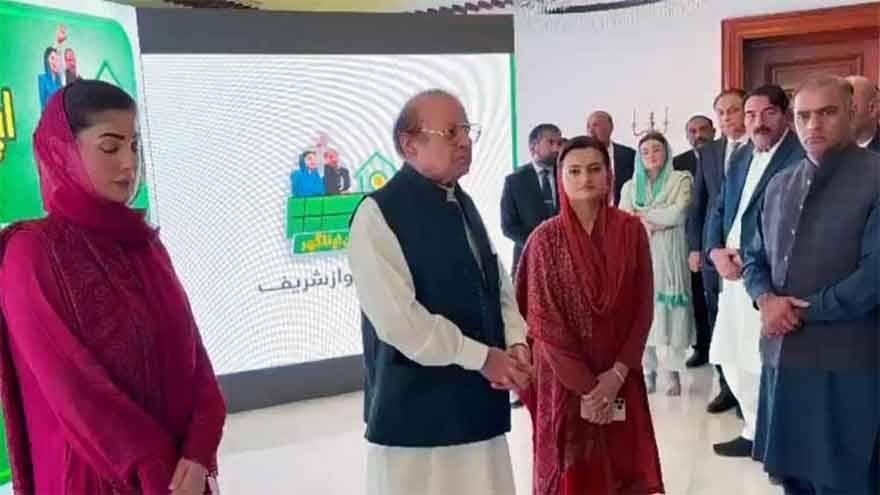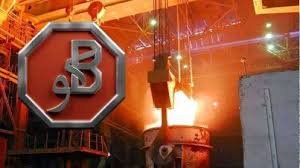Punjab Launches Historic “Apni Zameen, Apna Ghar” Program to Provide Free Plots to Homeless Families
PAKISTAN Pakistan’s first-ever “Apni Zameen, Apna Ghar” initiative has been formally launched, marking a landmark step toward delivering free residential […]





